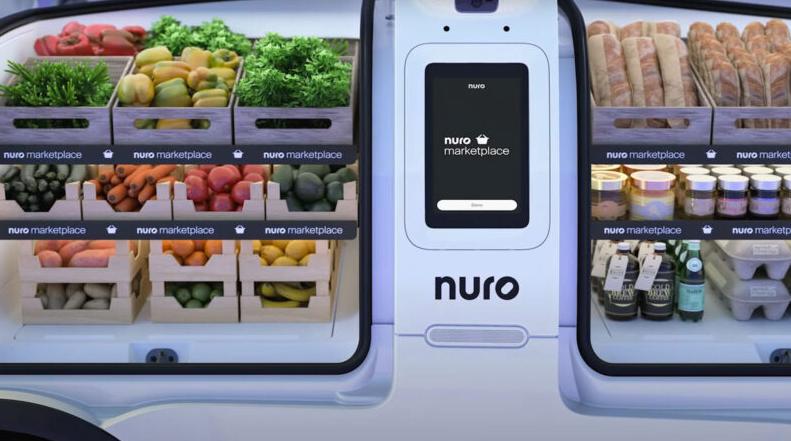The Triple Hurdles of Robotaxi: Can Tesla Truly Disrupt Autonomous Driving?

In late June, Tesla made headlines again. A mass-produced Model Y, fresh off the Austin factory line, completed a 116-kilometer journey from the plant to a customer’s home with zero human intervention. At the same time, Tesla launched a small-scale paid Robotaxi service in South Austin and began letting new cars self-drive to the logistics zone—no parking attendants required.
The message is clear: Tesla is moving closer to the original promise of Full Self-Driving (FSD).
While tech enthusiasts are cheering for a self-driving future, industry veterans remain cautious. Tesla’s Robotaxi pilot is still limited in scale—only a few vehicles and a small geofenced zone—with symbolic pricing ($4.20 per ride). The move has reignited global attention, but mass adoption of Robotaxis requires overcoming three major barriers: technical safety, cost efficiency, and legal accountability.

1. Diverging Technical Paths: Tesla vs. the Industry
Tesla’s approach is radically different. Instead of building custom vehicles with expensive sensors and redundant systems, Tesla is relying on mass-produced Model Y units with vision-only cameras and no hardware upgrades. The FSD software—still rooted in Level 2 driver assistance—is expected to handle Level 4 tasks like fully autonomous rides.
This aggressive “software-first” strategy aims to make private cars double as Robotaxis. However, it raises serious concerns. Level 2 systems assume human supervision; Level 4 demands system independence and near-perfect safety.
Currently, each Tesla Robotaxi has a safety operator in the front passenger seat, hand hovering near what appears to be a kill switch—effectively acting as a last-resort “redundancy.”
In contrast, competitors like Waymo, Pony.ai, and Baidu’s Apollo Go are taking the sensor-fusion approach, equipping their fleets with LiDAR, radar, and high-resolution cameras. These “elite fleets” prioritize hardware redundancy and multi-sensor verification to handle poor lighting, rain, or unexpected road conditions.
While Tesla bets on AI learning from real-world driving data and vision alone, its approach has already revealed weaknesses: abrupt braking, lane confusion, and even a recent low-speed collision during pilot testing.
The question remains: Can vision-only systems surpass the human eye—and do so safely, reliably, and at scale?

2. From Prototype to Profit: The Commercial Loop Challenge
Getting Robotaxis to function is just the start. Achieving profitability is the next battlefield.
Most Robotaxi players are currently bleeding money. Waymo, despite completing over 10 million paid trips, cost Alphabet nearly $2 billion in losses last year. Pony.ai lost $275 million in 2024 alone.
Why? The total cost of running Robotaxi fleets remains far higher than the revenue generated.
To break even, companies must:
- Lower per-vehicle manufacturing costs
- Reduce maintenance and insurance costs
- Operate at scale in high-demand regions
Tesla has a key advantage here: economies of scale. Its 5 million Model Y units on the road already support the same FSD software stack, allowing Tesla to amortize development costs and enable “dual use”—one hardware set for both private and commercial use.
Meanwhile, sensor-heavy players are aggressively cutting costs:
- Pony.ai’s Gen-7 Robotaxi cost dropped from over ¥1 million to ¥270,000
- Baidu’s Apollo Go Gen-6 vehicle cost 60% less than its predecessor
- Waymo’s new EV Robotaxi is aiming for sub-$100,000 cost
- Tesla’s upcoming Cybercab is targeting a $30,000 build price
But cost alone isn’t enough. Smart city selection and routing play a vital role. Most Robotaxi deployments are clustered around premium transit hubs—airports, train stations, and central business districts—where demand, pricing power, and passenger receptiveness are high.
This strategy is working:
- Pony.ai reported a 200% YoY growth in rides and an 800% increase in fare revenue in early 2025
- Baidu's Apollo Go claimed single-vehicle profitability in Wuhan and expects overall profitability by late 2025

3. Responsibility & Acceptance: The Social Hurdle
Beyond cost and safety, public and legal acceptance form the final—and often overlooked—barrier.
Progress is being made:
- China’s Shenzhen, Beijing, and Wuhan have passed legislation enabling L4 Robotaxi operations
- In the U.S., the NHTSA introduced AV-STEP, a landmark framework defining who can operate Robotaxis, where, and under what liability conditions
Yet, social tensions persist. In Wuhan, some traditional taxi drivers, fearing job losses, physically disrupted Robotaxi operations.
This highlights a broader issue: technological unemployment and societal resistance.
Passengers also face a psychological hurdle. Even if Robotaxis are safer statistically, public trust takes time. Education, consistent performance, and policy protection will all be essential to widespread acceptance.
4. The Future of Robotaxis Is National, Not Just Corporate
Robotaxi development is no longer just a race between Tesla and Waymo. It’s a geopolitical contest.
China is leveraging its supply chain, urban complexity, and government backing to rapidly scale. Baidu and Pony.ai are clear examples of this “China model.”
In the U.S., the flexibility and innovation of players like Waymo and Tesla allow for cutting-edge experimentation in a looser regulatory environment.
Goldman Sachs projects China will have 500,000 Robotaxis by 2030, compared to just 35,000 in the U.S.—a 14:1 ratio.
A century ago, Henry Ford’s assembly line made the U.S. a "nation on wheels.” In this new era, it’s artificial intelligence, not combustion engines, driving the race.
Whoever solves the triple challenge of safety, scalability, and policy integration will not just dominate transportation—they’ll redefine it.
Categories: vehicles
